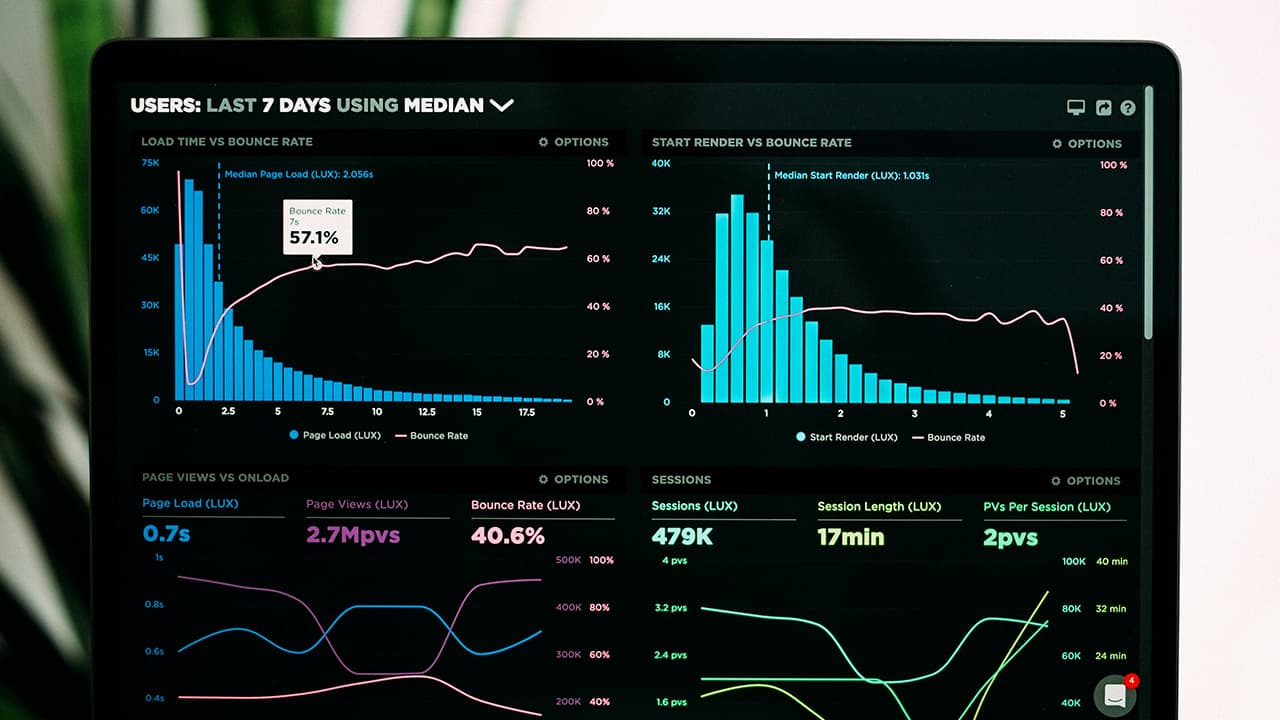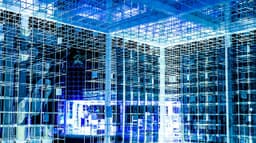Three Methods by Which Machine Learning Analyzes Data
Machine learning is a transformative branch of artificial intelligence that has profoundly impacted various sectors, from healthcare to finance. In essence, it involves training algorithms to recognize patterns, make decisions, and predict outcomes based on input data. The approach used for analysis can significantly affect the performance and suitability of a machine learning model for a particular task. In this article, we will explore three predominant methods by which machine learning algorithms analyze data: supervised learning, unsupervised learning, and reinforcement learning.
Supervised Learning
In supervised learning, the machine learning model is trained on a labeled dataset, which means that each example in the training set is paired with an output label. The model's goal is to learn a mapping from inputs to the correct outputs by identifying patterns within the data. After sufficient training, the model should ideally be able to predict the output for unseen data based on the knowledge it has acquired from the labeled dataset.
Common types of problems tackled by supervised learning include:
Classification
This involves assigning input data into predefined categories. A simple representation of classification is a binary classification task, where the model predicts whether an input data point belongs to one of two categories. This can be mathematically modeled as:
$$y = f_{\theta}(x)$$
where $x$ is the input, $y$ is the output label, and $f_{\theta}$ is the mapping function parametrized by $\theta$. The parameters are adjusted during training to reduce the misclassification rate.
An example of a binary classification problem is email spam detection where emails are classified as either 'spam' or 'not spam.' Google uses such machine learning models in its Gmail service to filter out unwanted emails.
Regression
This predicts continuous values based on input data. Typical tasks include predicting house prices or stock values. In regression, the model learns to map input data to a continuous outcome. Unlike classification, the model outputs a quantity instead of a category.
Mathematically, a simple linear regression can be represented as:
$$y = \theta_0 + \theta_1 x + \epsilon$$
where ( y ) is the target value to predict, $x$ represents the input features, $\theta_0$ and $\theta_1$ are the parameters of the model, and $\epsilon$ is the error term.
Companies like Zillow utilize regression models to estimate the market value of homes, a feature known as the "Zestimate."
Unsupervised Learning
Unsupervised learning involves working with datasets without labeled responses. The algorithm tries to learn the underlying structure from the data without any explicit instructions about what to predict. Unsupervised learning is particularly useful for exploratory data analysis, dimensionality reduction, and discovering hidden patterns within data.
Common techniques in unsupervised learning include:
Clustering
This refers to grouping a set of objects in such a way that objects in the same group, or cluster, are more similar to each other than to those in other groups. Clustering helps to identify distinct groups within the data.
The k-means algorithm is a famous clustering method. It partitions the data into $k$ clusters by minimizing the within-cluster variance. The objective function, known as the inertial, is given by:
$$\min_{S} \sum_{i=1}^{k} \sum_{x \in S_i} ||x - \mu_i||^2$$
where $||x - \mu_i||$ is the distance between a data point $x$ and the mean $\mu_i$ of the cluster $S_i$.
Tools like Tableau, often used by businesses to visualize their data, rely on clustering algorithms to segment data points and reveal insights without explicit guidance.
Association
This method identifies rules that highlight general patterns in the data. Association rules are widely used for market basket analysis, where it is used to identify products often purchased together.
The strength of an association rule can be measured in terms of support and confidence, which signify the rule's usefulness and certainty, respectively.
Reinforcement Learning
Reinforcement learning is a type of machine learning where an algorithm learns to make decisions by taking certain actions in an environment to maximize some notion of cumulative reward. The model is not given explicit input-output pairs but must discover them through trial and error. It is particularly well-suited for tasks where there is a sequence of decisions and actions, such as robotics and game playing.
Two main components constitute a reinforcement learning model:
Agent
The learner or decision-maker.
Environment
The entity with which the agent interacts, including everything outside the agent that also affects it. The agent makes observations, takes actions, and receives rewards.
The process is modeled as a Markov decision process (MDP), with defined states, actions, and rewards.
The crux of reinforcement learning lies in learning a policy which maps states of the environment to the actions the agent should take. Over time, through exploration and exploitation, the agent learns the best policy to accumulate the greatest reward.
Machine learning is adept at extracting meaning from massive datasets through these diverse methods, each suited to different data structures and problem types. Whether it's supervised learning's direct mapping from input to output, unsupervised learning's exploratory data analysis, or reinforcement learning's sequential decision-making, machine learning continues to advance, opening new frontiers for innovation and discovery across industries.












